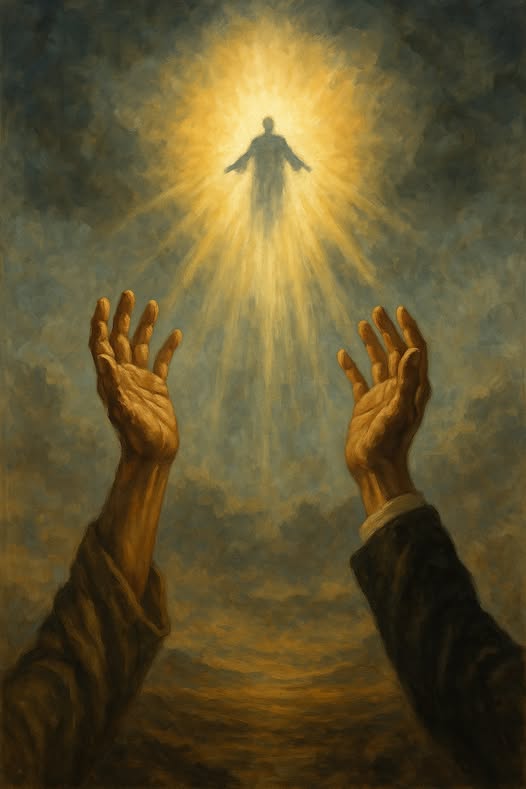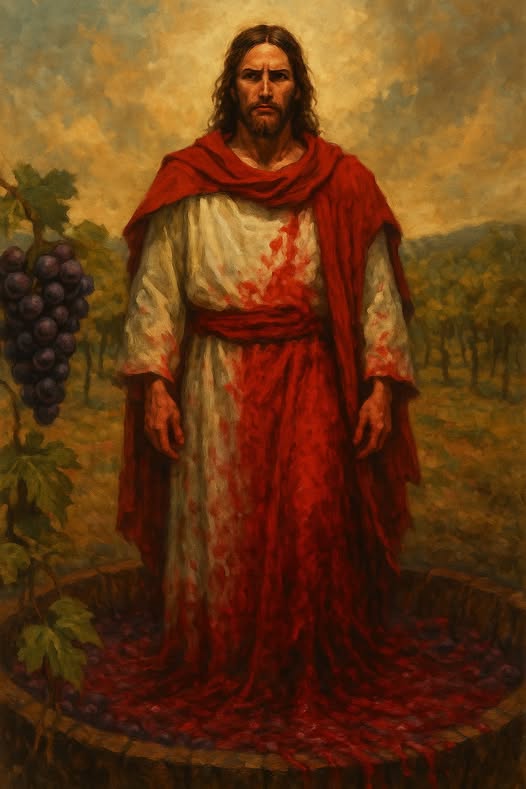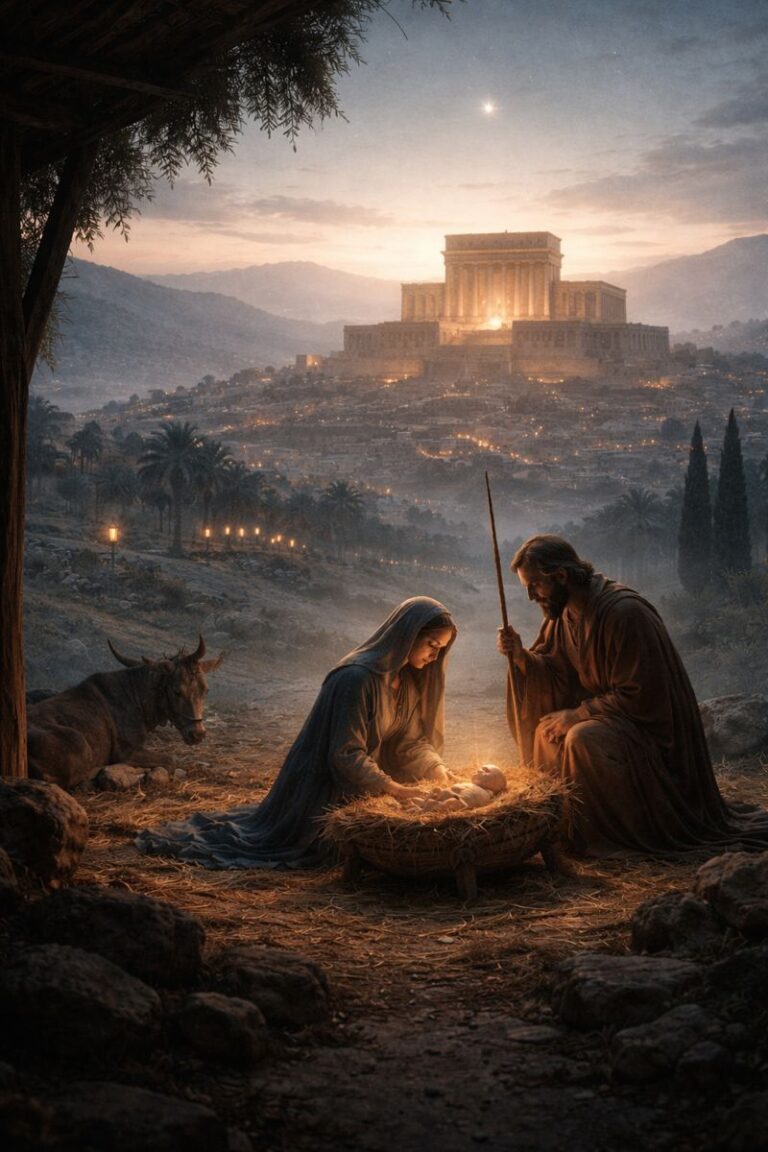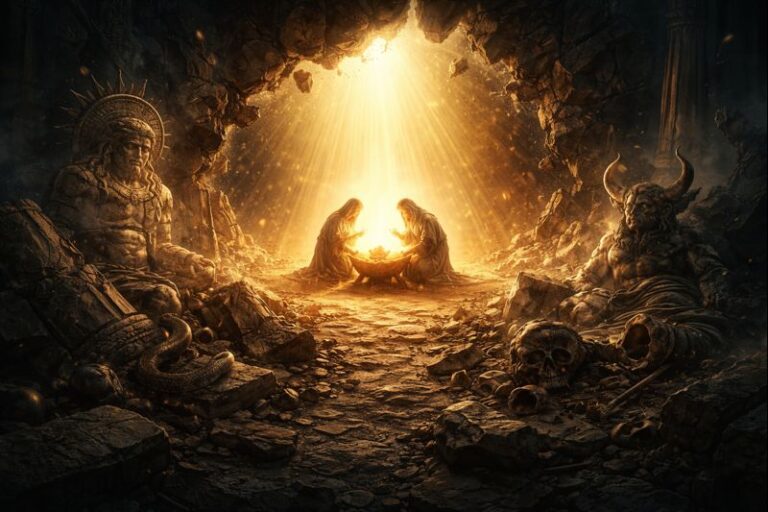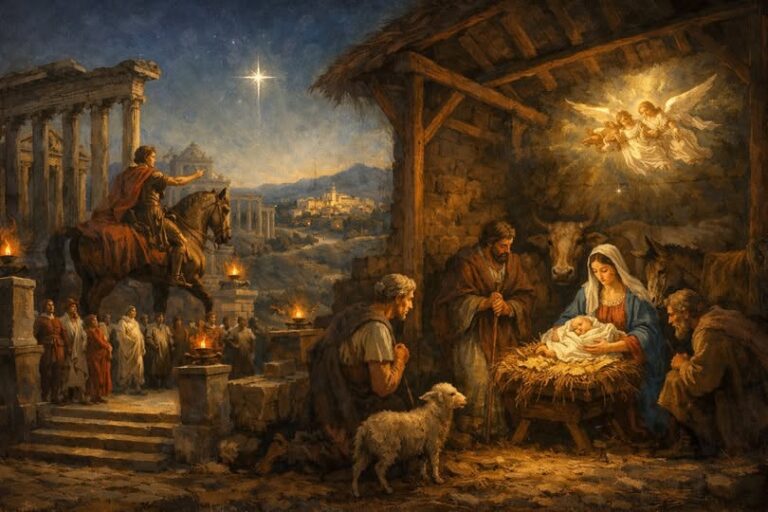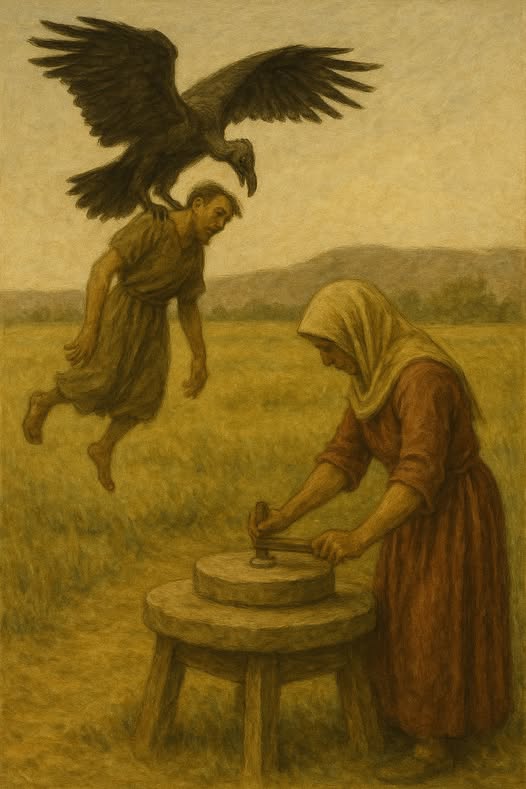
When Jesus spoke of the end of the age in Matthew 24 and 25, He gave vivid pictures drawn from Israel’s history and from everyday life. He spoke of Noah and the flood, of people working side by side, of vultures circling corpses, and of virgins waiting for a bridegroom. These images form a consistent pattern. Those who are taken are taken in judgment, not in deliverance. This matters because several of these verses are often used as proof texts for a Pre-Tribulation rapture. Yet when read in their own context, they say the opposite.
The Days of Noah
Jesus begins with the flood. He says, “For as were the days of Noah, so will be the coming of the Son of Man. For as in those days before the flood they were eating and drinking, marrying and giving in marriage, until the day when Noah entered the ark, and they were unaware until the flood came and swept them all away, so will be the coming of the Son of Man” (Matthew 24:37–39). The ones taken were not the righteous but the wicked who perished in the flood. Noah and his family remained. This is the interpretive key for what follows. Being taken is about destruction, not rescue.
One Taken, One Left
Immediately after the Noah example, Jesus continues, “Then two men will be in the field; one will be taken and one left. Two women will be grinding at the mill; one will be taken and one left” (Matthew 24:40–41). These verses are often pulled out of context to describe the rapture. But the meaning has already been set by the flood story. The ones taken are swept away in judgment. The ones left are those who endure. Far from supporting the Pre-Tribulation idea of believers vanishing, the passage continues the theme of sudden judgment on the unprepared.
The Corpse and the Vultures
Luke records the disciples asking the obvious question after hearing these words. “And they said to him, ‘Where, Lord?’ He said to them, ‘Where the corpse is, there the vultures will gather’” (Luke 17:37). This blunt answer clarifies everything. Those taken are not carried off to safety. They are taken to death. The image is one of judgment, not deliverance. Using these verses as rapture texts ignores the explanation Jesus Himself gave.
The Virgins and the Wedding Feast
Matthew 25 shifts the imagery to a wedding. Jesus says, “Then the kingdom of heaven will be like ten virgins who took their lamps and went to meet the bridegroom. Five of them were foolish, and five were wise. For when the foolish took their lamps, they took no oil with them, but the wise took flasks of oil with their lamps. As the bridegroom was delayed, they all became drowsy and slept. But at midnight there was a cry, ‘Here is the bridegroom! Come out to meet him.’ Then all those virgins rose and trimmed their lamps. And the foolish said to the wise, ‘Give us some of your oil, for our lamps are going out.’ But the wise answered, saying, ‘Since there will not be enough for us and for you, go rather to the dealers and buy for yourselves.’ And while they were going to buy, the bridegroom came, and those who were ready went in with him to the marriage feast, and the door was shut. Afterward the other virgins came also, saying, ‘Lord, lord, open to us.’ But he answered, ‘Truly, I say to you, I do not know you.’ Watch therefore, for you know neither the day nor the hour” (Matthew 25:1–13).
The point is not about anyone being taken away but about being prepared to enter in. The wise virgins are admitted into the feast, while the foolish are excluded. The pattern is consistent with the earlier passages. Salvation is about remaining ready for the bridegroom, not being removed from trial.
A Consistent Warning
Across these parables, the message is consistent. In Noah’s day, the wicked were taken by the flood, while the righteous remained. In the field and at the mill, the one taken is the one swept away in judgment. Where the vultures gather, the taken are corpses. At the wedding feast, the unprepared are left outside while the faithful remain with the bridegroom. Each image carries the same warning. Read in context, none of these passages support the idea of a secret removal of believers.
Conclusion
These verses, so often used in defense of a Pre-Tribulation rapture, say the opposite of what that system requires. The ones taken are never the faithful but those judged. The ones who remain are those who endure and are welcomed into the kingdom. Jesus calls His disciples not to wait for an escape but to remain steadfast, awake, and prepared. His words are clear. Those who are ready will share in the joy of the wedding feast. Those who are not will be swept away or shut out.
Discussion Questions
- In Matthew 24:37–39, who were the ones “swept away” in the days of Noah, and how does that shape our reading of the later verses?
- Why do you think many readers interpret “one taken and one left” as describing the rapture, despite the context pointing to judgment?
- How does Luke 17:37 clarify the meaning of those who are “taken”?
- What does the parable of the ten virgins (Matthew 25:1–13) teach about readiness, and how is that different from expecting escape?
- How does understanding these parables as warnings against judgment, rather than promises of removal, change the way we live in expectation of Christ’s return?
Want to Know More?
- Craig L. Blomberg, Matthew (New American Commentary)
A clear and balanced commentary on Matthew’s Gospel, offering careful exegesis of the Olivet Discourse and the parable of the virgins. - R.T. France, The Gospel of Matthew (NICNT)
Provides a thorough treatment of Matthew’s themes, highlighting how Old Testament imagery like Noah’s flood frames Jesus’s warnings about judgment. - N.T. Wright, Surprised by Hope
Challenges popular rapture theology and emphasizes the biblical vision of resurrection, endurance, and the renewal of creation. - George Eldon Ladd, The Blessed Hope
A classic defense of historic premillennialism, showing that the New Testament calls believers to persevere through tribulation rather than expect removal. - D.A. Carson, Matthew (Expositor’s Bible Commentary)
Offers exegetical insight into Matthew 24–25, underscoring that the “taken” passages are warnings of judgment, not promises of escape.

